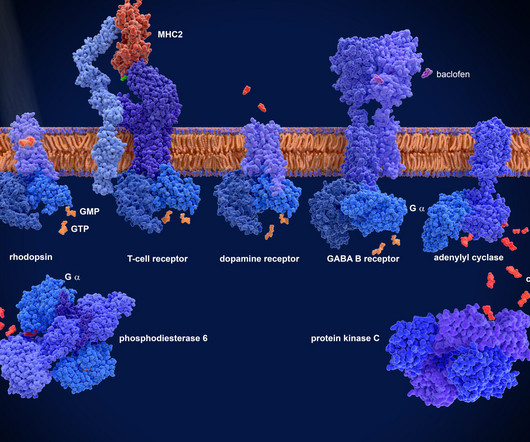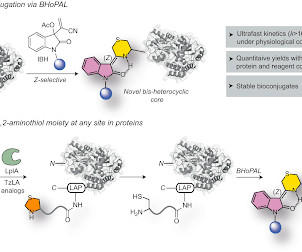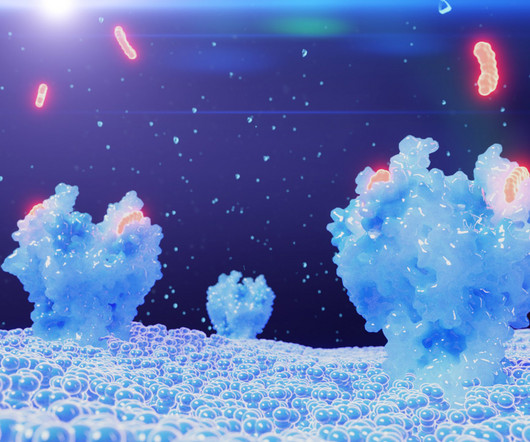Advancements in hit identification for membrane protein drug discovery
Drug Target Review
APRIL 7, 2025
Involved in various physiological processes, such as vision, taste, smell, immune response and neurotransmission, GPCRs are activated by various molecules including hormones, neurotransmitters and environmental stimuli, which trigger a cascade of cellular events that help regulate bodily functions. References Sun D, et al. doi:10.1016/j.apsb.2022.02.002.











Let's personalize your content